The year 2019 saw some great animated features created for the big screen and a larger number of audience. Not just limiting to a certain age group, the animation sector also tried to create content for adult audiences and rose high with flying colours.
The favourite IP amongst kids, Chhota Bheem had a theatrical of its own titled Chhota Bheem: Kung Fu Dhamaka. Created by Green Gold Animation founder and CEO Rajiv Chilaka, Chhota Bheem, has ruled the hearts of kids since its inception in 2008. Its latest 3D stereoscopic version- Chhota Bheem: Kung Fu Dhamaka was a sheer delight on screen which set the bar of Indian animation at a higher level, from the release.
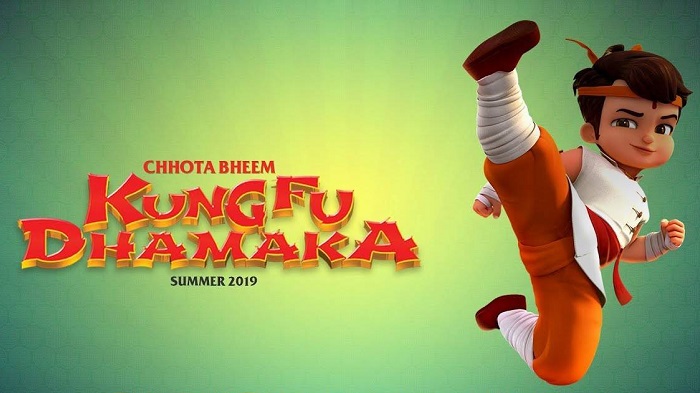
Released on 10 May 2019, Chhota Bheem Kung Fu Dhamaka collected Rs. 3.65 crores at the box office, with 2.60 crores being collected in the first week.
Green Gold’s animation wing in Mumbai, Golden Robot Animation, did a fantastic job with the animation techniques, characters, fight and chase sequences, setting the mood of the film and various shots representing different geographies and landscapes, which took the finesse of storytelling to another level.
The film is set in China and this time Chhota Bheem and his friends set on an adventure in the land of the dragon, to participate in the biggest Kung Fu competition of the world. The competition is disrupted midway when Chhota Bheem is called on to help save the princess and protect China and its people from the evil nemesis Zuhu.
Written by Nidhi Anand and Teja Pratap, the film is produced by Samir Jain and Chilaka, featuring the popular characters- Chhota Bheem, Chutki, Jaggu, Raju, Kalia, Princess Kia and Zuhu. John Stewart Eduri has composed the music and sound for the feature.
Not to miss the intricately created Goopi Gawaiyaa Bagha Bajaiyaa (GGBB), produced by CFSI in association with Karadi Tales. Directed by animator and former professor Shilpa Ranade, with stunning animation from script to screen by Paperboat Animation Studios, the animated feature was an adaptation of Satyajit Ray’s, Goopi Byne Baagha Byne, written by Upendrakishore Ray Chowdhury.
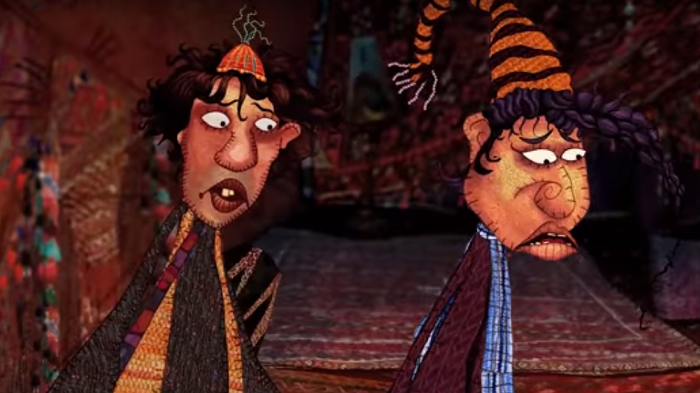
GGBB was released across 120 screens all across India for three weeks and had a total collection of around Rs. 1.2 crore. “It opened with a meagre six per cent occupancy but the audience’s word of mouth resulted in over 45 housefull shows,” mentioned producer Narayan Parasuram. The feature had theatrical screenings for over six months.
Director Shilpa Ranade exclaimed, “Goopi Gyne Bagha Byne was a story I grew up with and it had stayed with me. The basic storyline of GGBB remains the same though we have added in our own twists and turns and adapted it to the animation format while detailing the characters and the events.”
The animation was done entirely in 2D and recalls the book illustration style that it has naturally progressed from. The illustrations are also inspired from leather puppetry and take cues from the performance, design of traditional puppets. “This was done since we wanted to do something that was born organically from the lineage of the original and its many retellings and its cultural rootedness,” added Shinde.
This animated musical-comedy is a retelling of Satyajit Ray’s classic Goopi Gyne Bagha Byne trilogy. The story revolves around two friends, Goopi and Bagha who are gifted with individual musical talents. Their adventurous travels take a fantastical turn after they cross paths with the King of Ghosts, who grant them magical powers that help them face all the challenges.
GGBB won the AASIFA Award for best animated feature film, Jury Award for best Art Work at ICFF, Hyderabad; Orbit Live Industry Award for best animated feature, WIFTS Award, Los Angeles and was nominated for best film at APSA Brisbane.
The movie was enjoyed across continents by kids and adults together. Many adults reviewed the feature as a nostalgic trip down their memory lane into the world of beloved Goopi Gyne Bagha Byne.
Cinestaan Film Company from India and Goldfinch Entertainment from UK collaborated for their first animated feature Bombay Rose. Inspired by the romance of Bollywood cinema, the story is written and directed by animator and filmmaker Gitanjali Rao who won the Cannes Critics award for short Printed Rainbow.
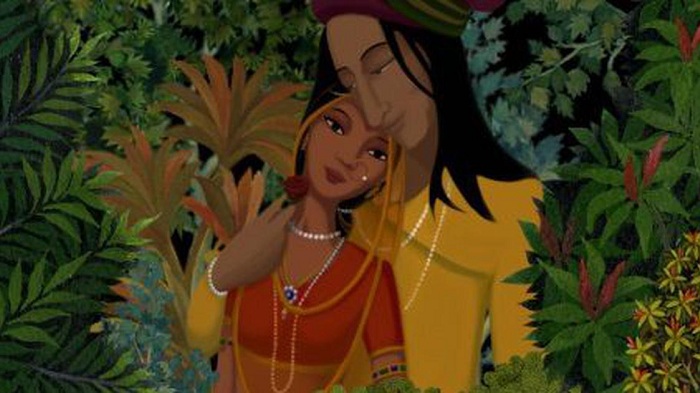
“I have always wanted to paint stories about people who live and love in the streets of Bombay, never become success stories, yet their struggle for survival makes heroes out of them. This is the city with its cast of unsung heroes and heroines that I want to share with the world and why I started this labour of love six years ago,” Rao had mentioned in a statement.
Amidst the struggle of survival in a big city, a red rose brings together three tales of impossible loves. Love between an unavailable girl and boy. Love between two women. Love of an entire city for its Bollywood stars.
After having its world premiere at Venice International Film Festival on 28 August 2019, Bombay Rose had its India premiere at the JIO MAMI Mumbai Film Festival, which took place from 17 to 24 October, 2019. The animated project was also selected as part of special presentations to play at the BFI London Film Festival 2019. The film also played in the Contemporary World Cinema strand at the Toronto Film Festival on 7 September 2019.
Looking at the slate of animation theatricals India has, Green Gold Animation’s stereoscopic 3D mythological movie, Hanuman vs Mahiravana which released on 6 July 2019 was distributed by Yash Raj Films and screened in almost 350 screens across India in Hindi and 25+ screens across Tamil Nadu in Tamil.
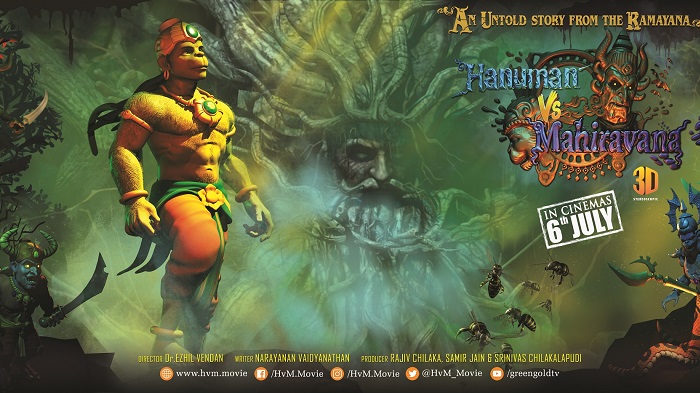
Kochadaiiyaan, a Tamil historical fiction, which was released in 2014 definitely deserves an ovation. Directed by Soundarya R. Ashwin, it had Rajnikanth, Amitabh Bachchan, Deepika Padukone and Shobana as the Hindi narrators. It is also said to be India’s first photorealistic motion capture film.
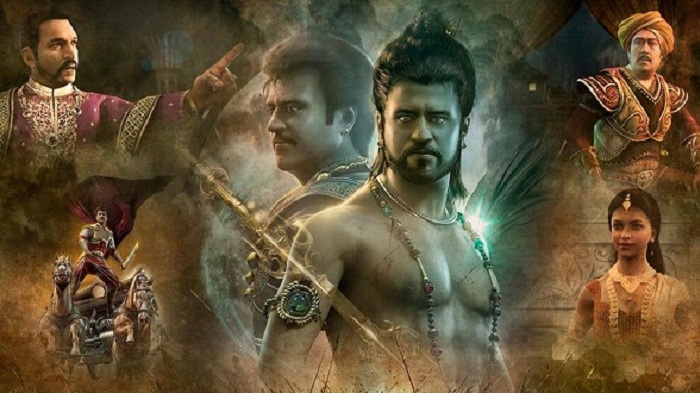
Released in the beginning of the decade, Ramayana: The Epic, from Maya Digital Media collected 1.45 crores at the box office in 2010. The popular and most talked about Punjabi 3D movie, Chaar Sahibzaade, directed by Harry Baweja released in 2014 and was based on a historical incident of scarifications of 10th Sikh guru, Guru Gobind Singh’s four sons, namely Sahibzada Ajit Singh, Fateh Singh, Zorawar Singh, and Jujhar Singh.
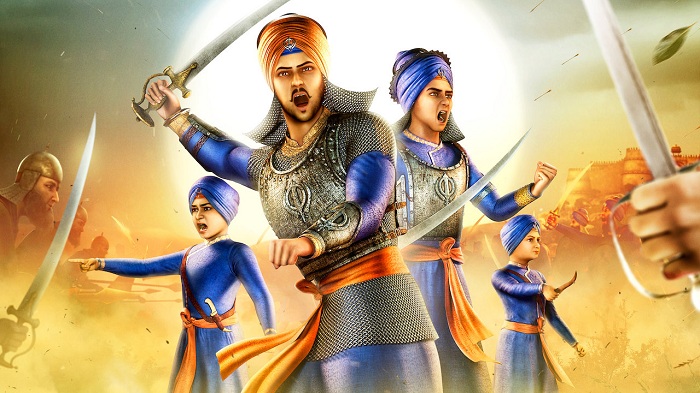
Movies like Delhi Safari (2012), Koochie Koochie Hota Hai (2017), Mahabharat 3D (2013), Toonpur ka Superhero (2010) too left an impression on the viewers for quite a long time.
The animation industry in India looks promising with the change of content over the decade and the significant improvisation in the animation style, thanks to the ever growing technology and the hunger to learn.

